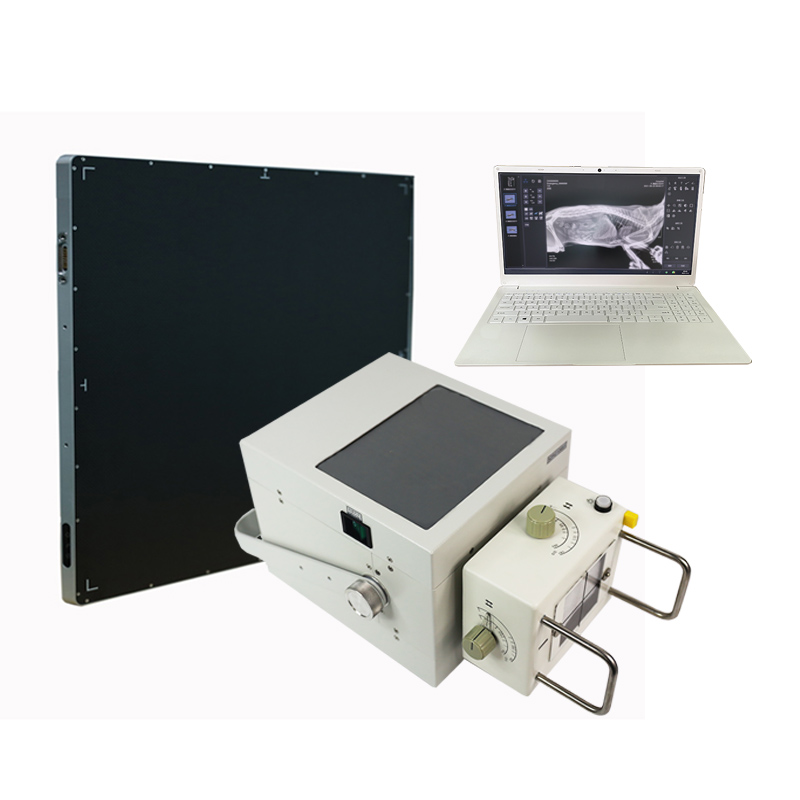Veterinary Flat Panel Detectors for Pet Hospitals: Revolutionizing Animal Healthcare.The field of veterinary medicine has come a long way in recent years, thanks to advancements in technology. One such breakthrough is the introduction of veterinary flat panel detectors, which have revolutionized the way pet hospitals provide diagnostic imaging services. These detectors offer numerous advantages over traditional imaging methods, improving both accuracy and efficiency in diagnosing ailments in our furry friends.
Pet hospitals play a vital role in ensuring the well-being of our beloved animals. From routine check-ups to emergency care, these facilities cater to a wide range of healthcare needs. However, the accurate and timely diagnosis of ailments has always been a challenge in veterinary medicine. This is where veterinary flat panel detectors step in, providing veterinarians with crisp, high-resolution digital images that aid in a more accurate diagnosis.
what exactly are veterinary flat panel detectors? Simply put, they are advanced imaging tools that capture X-ray images digitally. Unlike their predecessor, the traditional X-ray film, these detectors convert X-ray into digital signals that are then processed and displayed on a computer screen. This digital format offers several advantages, including real-time image capture, immediate availability for review, and the ability to easily share images with other specialists for consultation if needed.
The benefits of veterinary flat panel detectors extend beyond convenience and speed. The superior image quality they deliver enhances diagnostic accuracy by providing veterinarians with the detailed information they need to make informed decisions. The images produced by these detectors are highly detailed, allowing for precise detection and diagnosis of injuries, fractures, tumors, and abnormalities. This accuracy leads to better treatment planning, which directly improves the overall healthcare outcome for animals.
Furthermore, veterinary flat panel detectors minimize the need for retakes, reducing radiation exposure for both the animal and veterinary staff. The real-time imaging feature allows the veterinarian to adjust the positioning and technique immediately, reducing the possibility of errors. With the traditional X-ray film, repeat exposures were often necessary, leading to unnecessary radiation exposure and prolonged discomfort for the animal.
Another significant advantage of these detectors is their versatility. They can be used for various imaging needs, such as dental radiography, chest imaging, skeletal imaging, and even equine imaging. This versatility makes them a valuable tool in any pet hospital, catering to the diverse diagnostic needs of different animal species.
While the introduction of veterinary flat panel detectors has undoubtedly improved the quality of care provided by pet hospitals, it’s essential to note that they require a significant initial investment. However, the long-term benefits they offer ultimately outweigh the initial cost. These detectors not only improve diagnostic accuracy but also increase workflow efficiency, allowing for more patients to be seen in a shorter amount of time. Ultimately, this translates to increased revenue for the hospital and a better experience for pet owners.
veterinary flat panel detectors have revolutionized animal healthcare by enhancing the accuracy and efficiency of diagnostic imaging services in pet hospitals. With their superior image quality, real-time imaging capabilities, and versatility, these detectors have become an invaluable tool in veterinary medicine. While the initial investment may be substantial, the long-term benefits they bring to both animals and pet hospitals make them a wise choice for any veterinary facility committed to providing the best possible care for our furry friends.
Post time: Sep-26-2023


